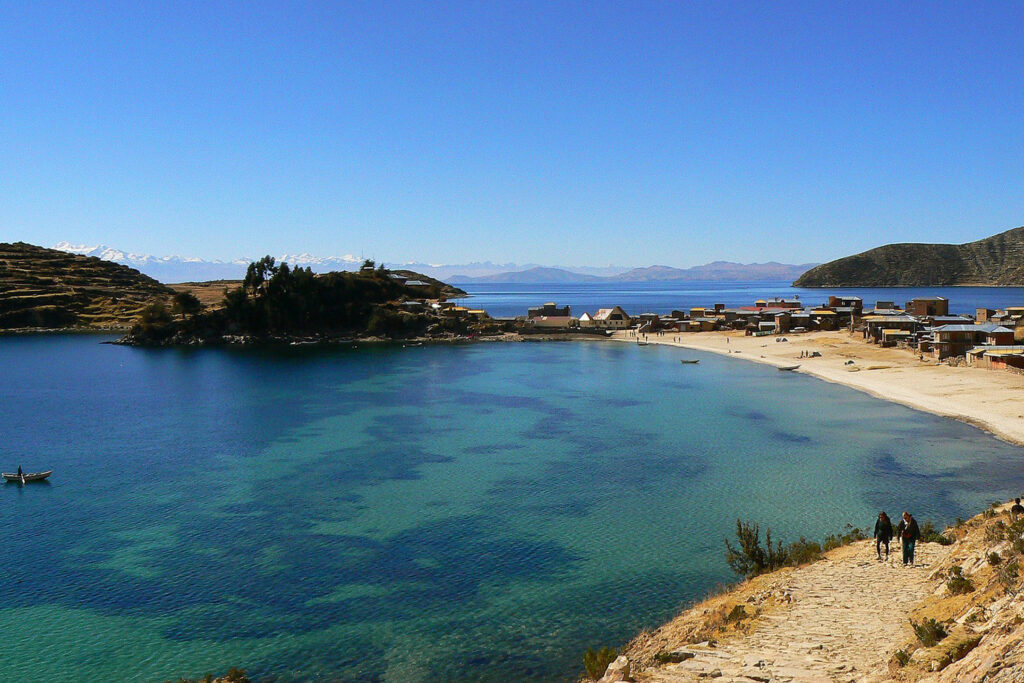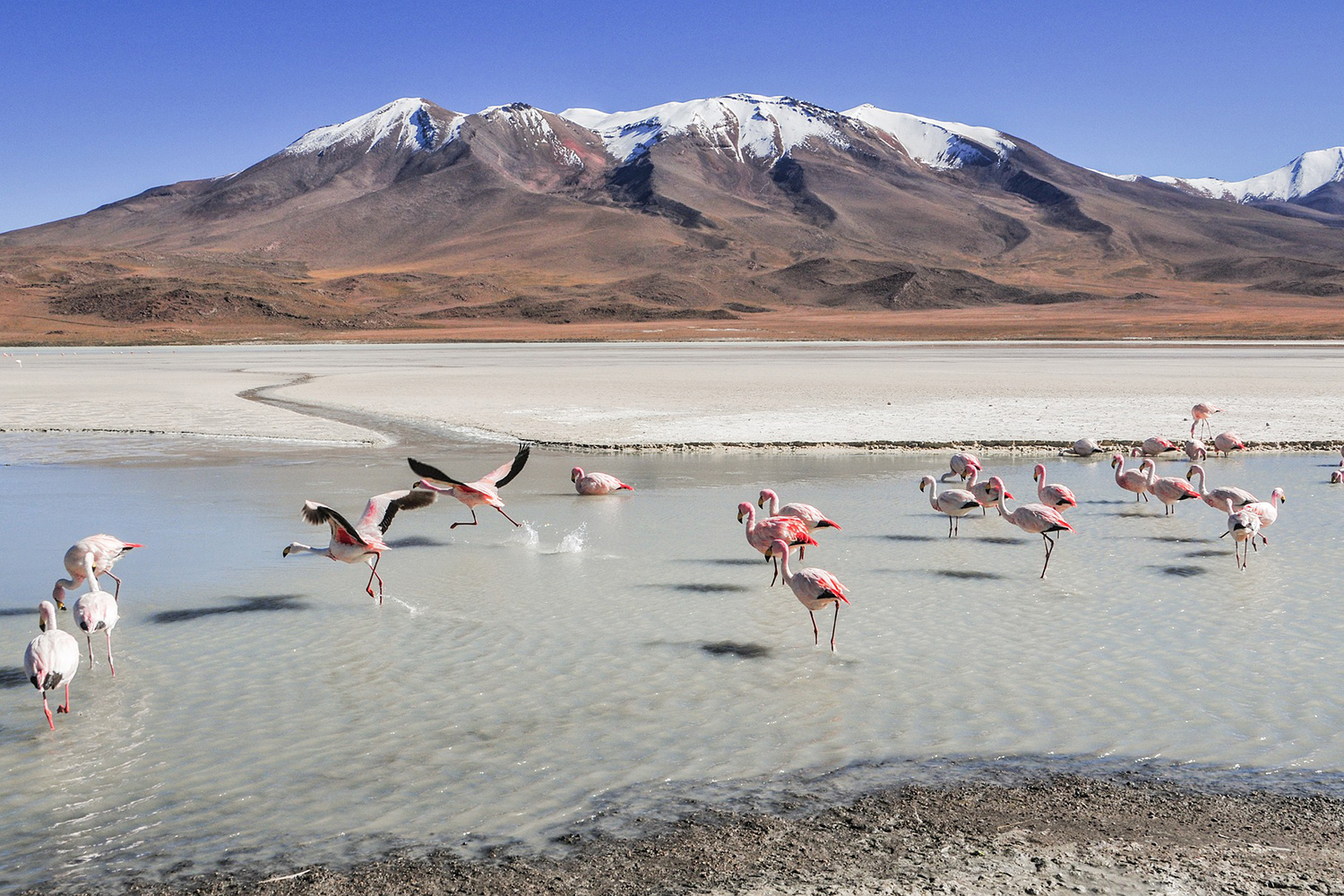Places to visit in Bolivia
Spanning a multitude of microclimates from the Amazon to the Andes, Bolivia is a vast and untamed country just begging to be explored.
From bustling La Paz, to the Amazon jungle, to the salt flats of Salar de Uyuni, you will find some of the most surreal sights on earth in this seldom-visited country. Its iconic sights include Lake Titicaca, the highest navigable lake in the world; the Salar de Uyuni, highest and largest salt lake on earth; and La Paz, the world’s highest de facto capital.
Bolivia is varied, alive and unforgettable.
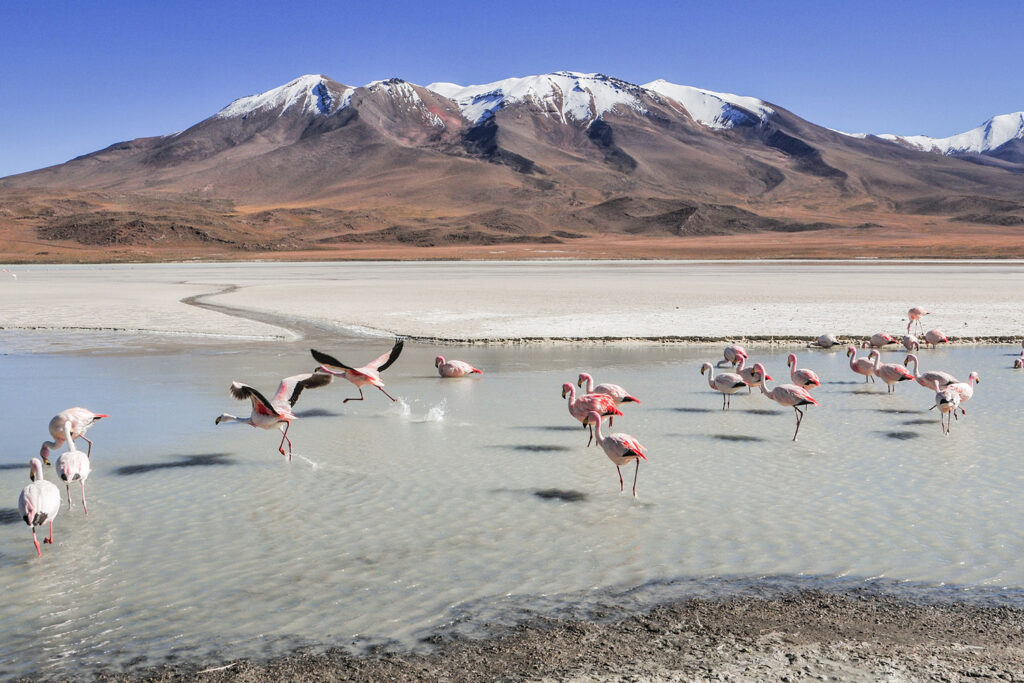
La Paz Capital City
La Paz is the highest capital in the world and therefore it is highly recommended to spend a few days getting used to the altitude to prevent altitude sickness. As La Paz is Bolivia’s transportation hub, you will most likely find yourself in La Paz more than once when traveling to other destinations in the country.
La Paz is full of top quality restaurants, colorful markets where you will find Bolivian textiles which are traditionally made with sheep, alpaca, vicuna and llama wool and street art. A must-do is to board a cable car and reach the summit to enjoy beautiful panoramic views of the city.
Very close to La Paz (only 11 km away) is Valle de la Luna (Valley of the Moon), a complex labyrinth of spires and canyons which was created through a process of erosion. It’s a perfect spot to experience the serene atmosphere minutes away from the busy city. You will discover otherworldly views that look like the surface of the moon. Walking along these jagged rock formations will make you think that you’ve just landed on another planet!
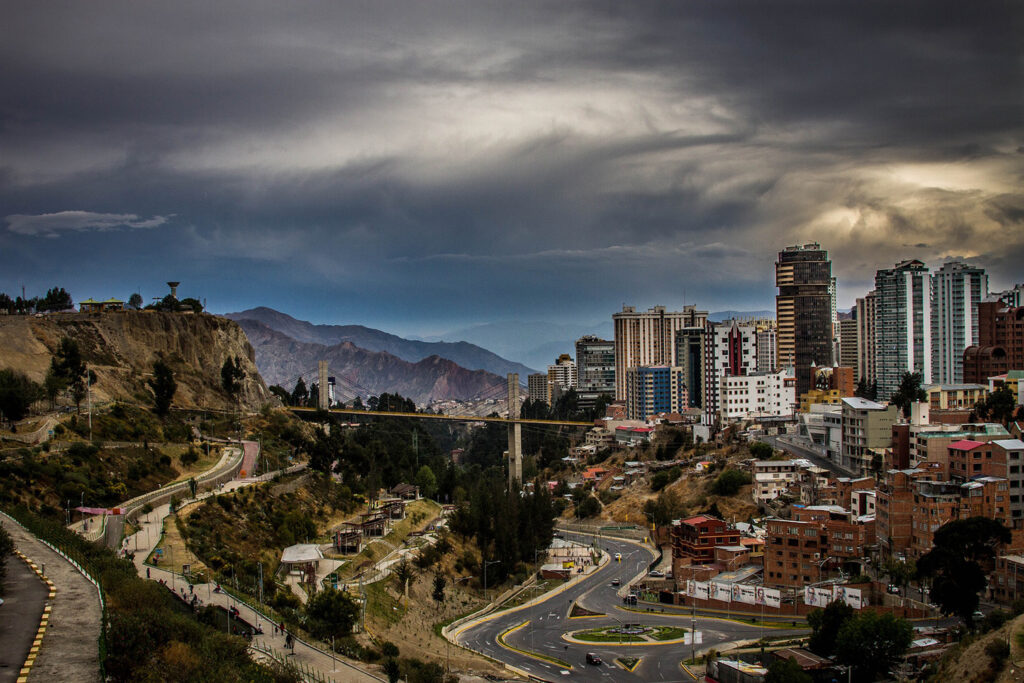
Salar de Uyuni
Salar de Uyuni is Bolivia’s best-known geological wonder, thanks to its extraordinary white landscape. Widely known as the world’s biggest salt flat, Uyuni is home to some of the most surreal sights on earth, from multi-colored lagoons and glorious peaks, to water-covered surfaces of salt that mirror your own reflection.
The largest continuous salt desert in the world, a natural wonder that extends for 12,000 km², reaching its greatest expression of beauty between the months of January and March, when slightly covered with water, it manages to reflect the clouds of the sky as a perfect mirror.
In the middle of the white plain, the Incahuasi Island, also known as "The Fish Island", constitutes one of the highlights of the salt flat, hiding hundreds of giant cacti that can reach 10 meters in height.
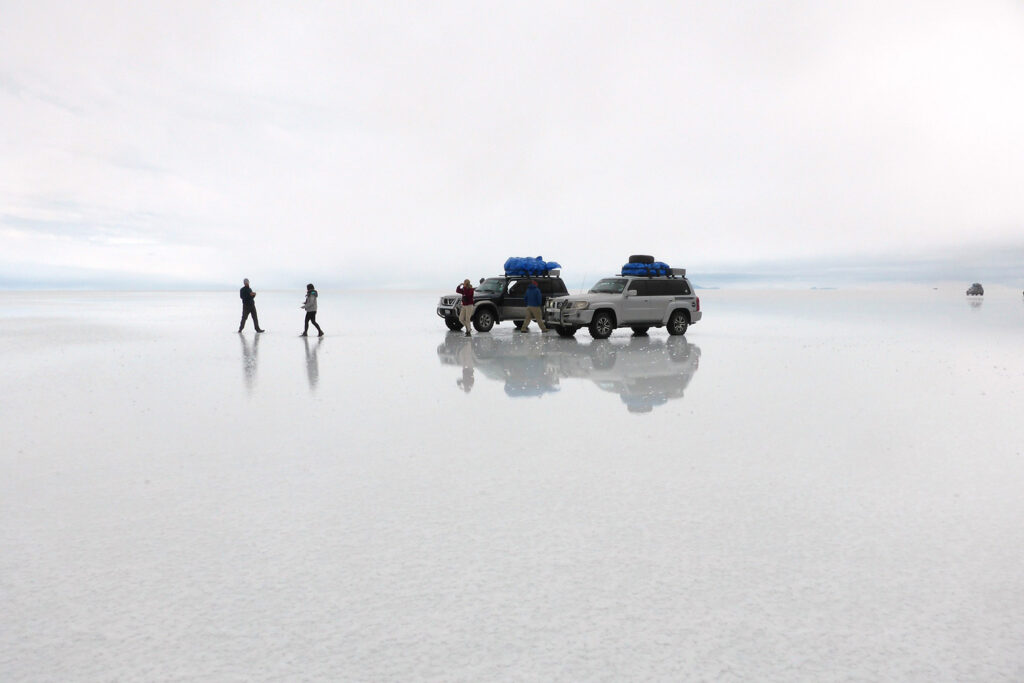
Potosi
During the colonial era Potosi was one of the most prosperous cities in Bolivia and America, home to the largest silver mine in the world located on the slopes of the mountain known as Cerro Rico, enrichment that permeated the city with luxurious Baroque colonial constructions.
Declared a World Heritage Site by UNESCO, you can walk through its narrow cobbled streets appreciating the ancient splendor of its colonial buildings, including churches, monasteries, temples, palaces and large houses.
Potosí was the Great Babylon of the seventeenth century. There, everything is measured, and continues to be measured, around Cerro Rico, which, at 4,000 meters above sea level, hides hundreds of galleries of the most important mine in Latin America.
Potosi is also the story of blood and slavery that stained the Andean highlands red. Always at the foot of the hill that is still in operation, it shows us a prodigious architecture, with the surcharge of the Baroque in the various Christian temples and the power of the palaces at the time of the conquest. The Casa del Moneda, known as El Escorial de Bolivia, shows one of the places where millions of coins were minted with silver from Potosi.
The visit to the city is highly recommended, but also the tour of the mines to feel the harshness of the mines by putting on your helmet and entering the galleries to feel for a few hours what life is like in this terrible place and what it really means to be worth a Potosí. Organized visits to the mines are extremely tough, but very necessary to understand an essential part of the history of the American people.
A word of advice:
La Paz, Potosi and Uyuni all are situated at high altitude. Even at 9,800 feet above sea level, the air is a lot thinner and it can take a bit of time to adjust. Although altitude sickness can affect anyone, it’s important that you’re healthy enough to travel, as pre-existing medical conditions can worsen at high altitude. During your trip, ensure you monitor your health carefully and ask your doctor if you can travel to Bolivia.
Lake Titicaca
While Peru and Bolivia both share this highest navigable lake in the world, in my experience a trip to Lake Titicaca on the Bolivian side is a must. The Peruvian side is great for the floating islands, but the Bolivian side gives you a more intimate and serene travel experience.
When you are there, definitely visit the Isla del Sol and Isla de la Luna, the twin islands believed to be the birthplaces of the Sun and the Moon, as per the local legends.
On Isla del Sol, you can hike to numerous Inca ruins, all the while being next to the spectacular beauty of the lake and breathtaking landscapes.
